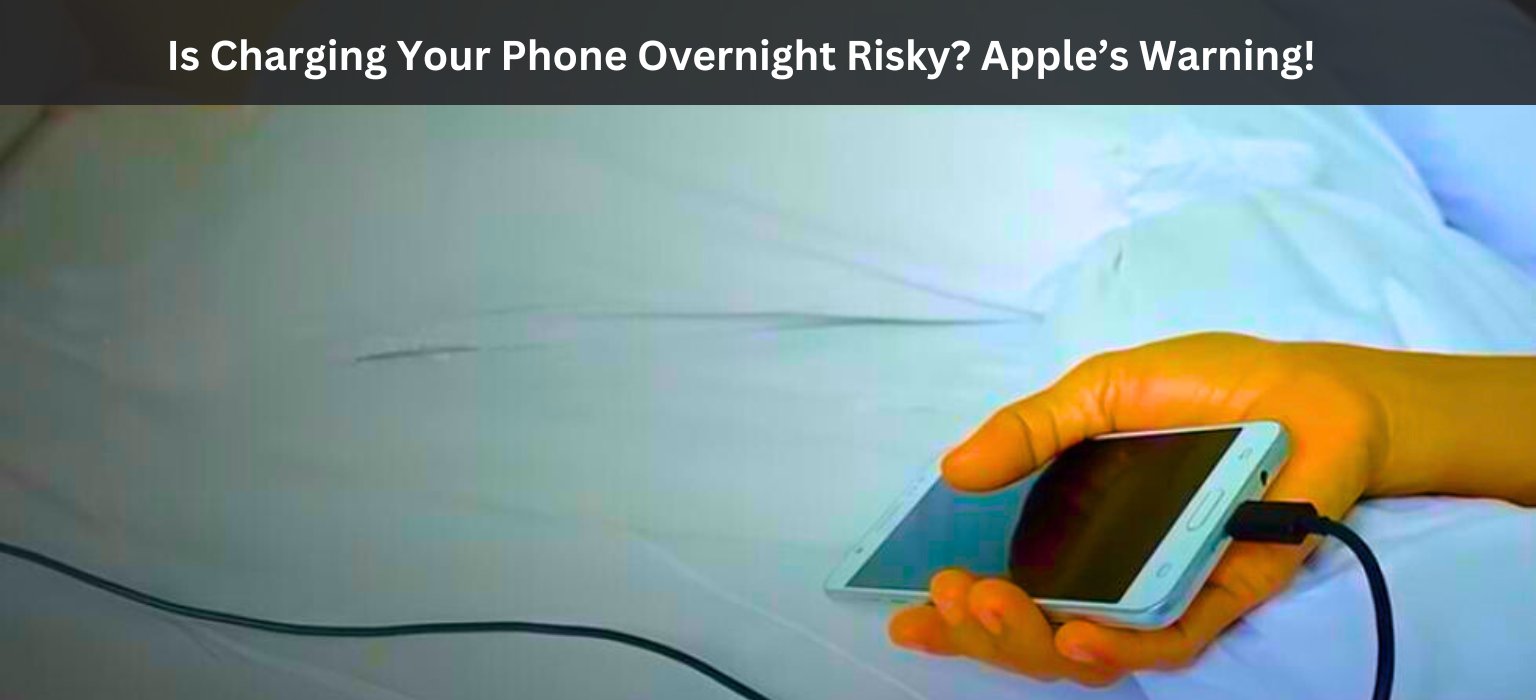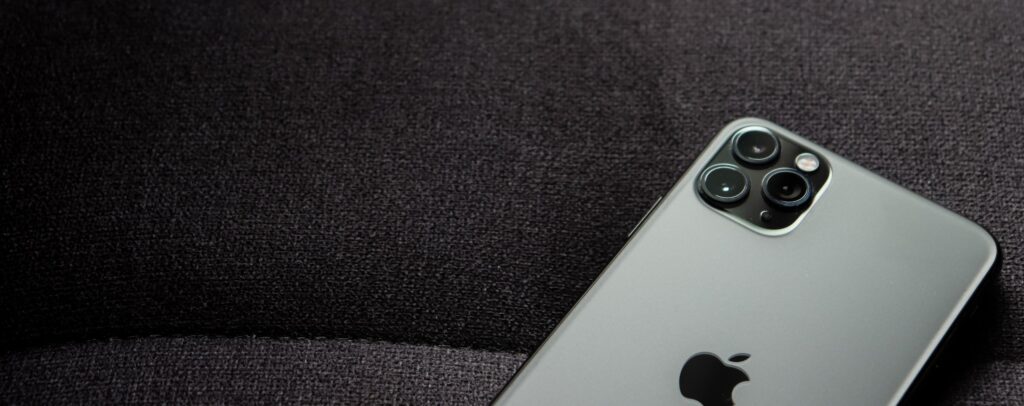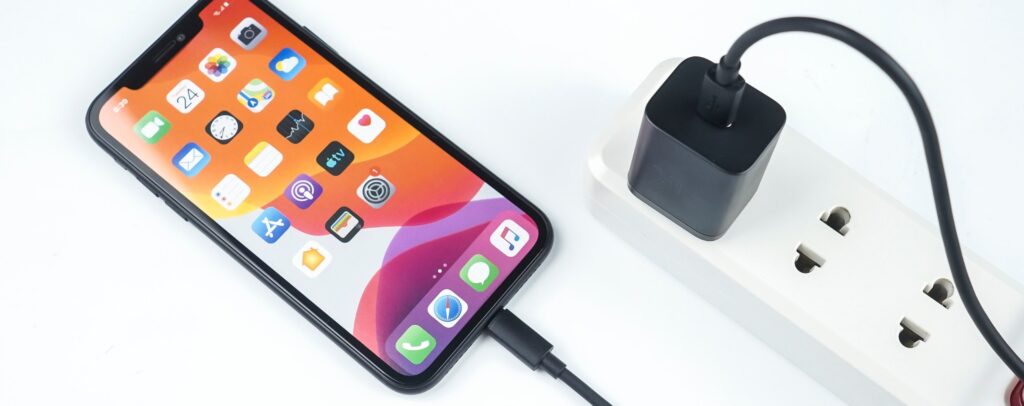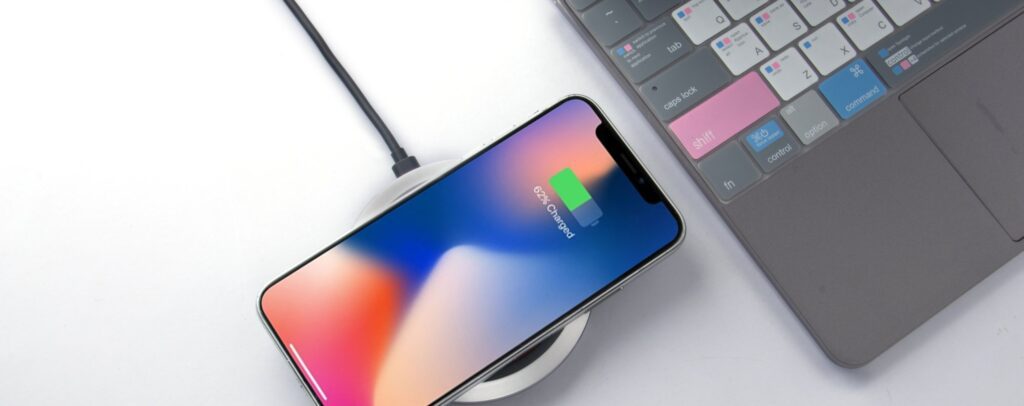
Is Charging Your iPhone Overnight Risky? , If you put your phone overnight with charging, you should know the consequences of it, Lots of people are put plug in their iPhone before going to bed, because the next morning they want a fully charged iPhone , ready to go. But wait, Apple says we have to be careful when we charge overnight.
Why Apple is Warning People?

Apple Is Worried About Two Things. Apple is really serious about safety stuff. They got two main worries when it comes to nighttime charging:
1) Ventilation – It needs good airflow
2) Your skin touching the charging cable for too long
The Breathing Problem at night
Apple says when you charge your iPhone at night, it needs good airflow. That means don’t have to put into under your pillow or under the covers/blankets. If your iPhone can’t get good airflow, it starts getting too hot.
The Cable Danger

And another thing is Apple is worry about your skin touching the charging cable for the long time period, it’s not good, especially when you’re sleeping. You know how sometimes you wake up all messed up with cables?
You Can Get Hurt!
Now you’re probably wondering – why is this such a big deal? Well, if your skin stays touching the hot cable or your iPhone gets too warm for too long, Apple says it could actually cause pain, discomfort, or even injury to your body! Yikes!
What Apple Tells Us To Do

So what should we do according to Apple? A few things:
1) Keep your iPhone and charging stuff in a well-ventilated area when charging – no hiding it under blankets/pillows.
2) Don’t sleep on the charging cable or wrap it around yourself. Treat it carefully.
3) If you have a medical condition that makes it hard to feel the heat on your skin, be extra careful.
Final Words
If still you want to put your iPhone while sleeping, keep it away from your bed, and give it proper space for airflow. follow Apple’s advice, give your iPhone some space to breathe, and keep those charging cables at a safe distance other it can give a shock if you accidentally touch them while in sleep.
Read More
